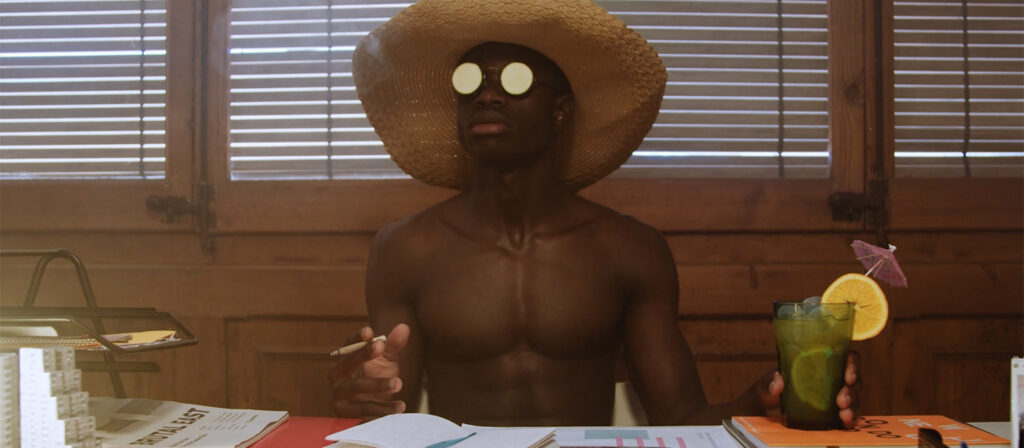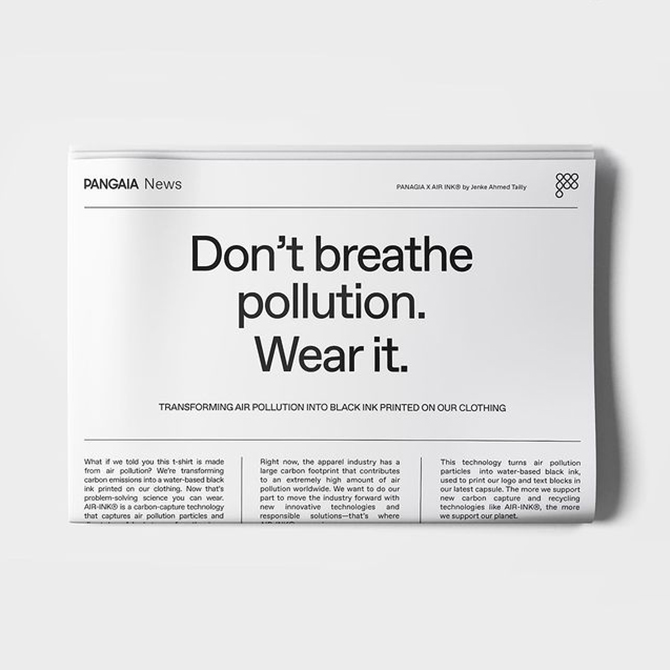Every brand has a story, whether you like it or not. And it is up to you as a brand to either be at the helm of this narrative or let others be the ones to tell your story. Trust us when we say the story matters. So if you don’t have one we have to say you’re already late. You best get started! Worry not though, we can fix that.
But first of all…
What do we mean by a brand’s story?
A brand’s story doesn’t only refer to the history/timeline, although it is relevant and can be used to communicate a lot about the brand. What we mean by a brand’s story, however, sits more along the lines of what your brand stands for, what core values it’s built on, and the feelings that it evoked in audiences. Essentially who you are, and the emotional connection you achieve because of it.
Storytelling today is different from what a brand’s narrative used to be
Before, these brand stories could be a lot simpler. Traditionally speaking advertising was a one-way flow of information from brand to consumer, it was a lot easier to convince audiences of whatever it was you were selling as your story because the customer had no way of knowing any better. A flyer, a good motto or tagline, and good service were all you needed for whatever story you were trying to sell to come across. Word of mouth would do the rest.
Nowadays, due to the massive capabilities of connecting and sharing knowledge of the internet and particularly social media, every brand, every company, is at risk of being miserably scrutinized by a power-hungry customer, seeking to hold companies accountable, and rightly so. You absolutely need a compelling brand story to successfully capture your target audience.
The conversation surrounding your brand is no longer in your own hands, it’s in the hands of your customers. Not even that, it’s in the hands of the audience. Once your story is out there, you have little to no control over it, so you need to make sure that you are communicating it well and being true to it too. Too many eyes are watching to pretend to be something you’re not. And that doesn’t necessarily translate into customers. Someone who experiences your brand can be anyone from the most loyal customer to someone who walked past an ad at a bus stop once.

Why does brand story matter?
Think of building a successful brand story the same way you would go about creating the main character for a hit novel. The purpose at the end of the day is the same one. You want people to feel seen and represented by this main character. You want your audience to root for them and support them in any way they can. And when the novel is over/you’ve sold your product, you want them to preach to everyone how great you are, and you’ll want them to come back for more, and bring others along with them. Because everyone that hears about you is a potential customer, and you want them to like you, especially those whose values, attitude, and ways of being, basically align with yours. Essentially, you want to create a loyal fandom. And you do this with a strong brand story.

Give audiences a brand story to root for
This also means that you need to give your audience something to root for. Be that relatable brand stories with personal experiences, or a sales pitch that can generate an emotional response. Every piece of content coming from you should serve as effective storytelling one way or another.
Traditional marketing would teach you to sell the dream. The perfect rosy-white-picket-fence type of story. And companies that do that (usually huge industry giants who have been around long before social media and even before the internet) can continue to try and spin this futile fantasy because they have already monopolized the market to such an extent that they don’t truly need to rely on customers rooting for them.
Even then, they need to show at least the intention of keeping up with issues that matter to customers nowadays. Without giving customers something to root for, you’ll most likely suffer the fate of the likes of Abercrombie&Fitch or Victoria’s Secret.

Abercrombie&Fitch and Victoria’s Secret: Perfect examples of an obsolete status quo
Both companies were notorious for selling that “American dream look”, a skin-deep concept that once captured markets internationally. But now, Abercrombie&Fitch has closed over 100 stores in the past few years and sells clothes mostly online. Its exclusionary policies, once revered, are now mockable and responsible for global disgust. On the other hand, after witnessing its own steady decline, Victoria’s Secret has undergone a complete rebranding whereby it introduced a collective of diverse, prominent women from several industries as advisors and changed the direction of the company entirely.
Adapt your brand’s story, or perish. They’ve made their choice. We’ll have to wait and see if there’s any real truth and change to pledges of change such as Victoria’s Secret’s one, as well as how long Abercrombie&Fitch can survive without an epic rebranding.
Because you can’t simply attempt to sell your brand’s story without putting where your mouth is, particularly if you’re a small to mid-size label. These industry giants can afford to have their stories challenged and bounce back, but only because they can cover the cost of the aftermath. Take H&M for example.
Be authentic and honest with your brand’s story. Have a cohesive narrative: Unlike H&M’s $4B slip-up
A company that claims to promote and be founded on the pillars of diversity and inclusion, released an ad for a sweatshirt emblazoned with the words “coolest monkey in the jungle” and chose a 5-year-old black kid as the model. Audiences everywhere were outraged, and rightly so, monkey is a known slur for people of African descent. Shops were trashed, and protests erupted across the globe, particularly in South Africa. Profits plummeted during the months following the incident, Bloomberg reported the world’s largest clothing retailer accumulated around $4billion worth of unsold garments.
Now, this would have probably killed a small company, how does one recover from that? However, H&M managed to turn it around eventually by doubling down on its diversity and inclusion policies and actions. They hired a Nigerian-American as the head of inclusion and diversity in North America, created a new system to approve clothing, as well as photo approval processes, and pledged to ensure 100% of employees would have equal opportunity in all positions of the company by 2025.
Nevertheless, chances are your brand doesn’t have a cool extra 4 billion dollars to spare.
Pangaia: A great brand with a powerful brand story
A brand committed to saving the environment and trying its best to make clothes with a negative carbon footprint. And what is their story? They don’t call themselves a fashion label. Pangaia’s story is that it is a material science company. They are a tech startup seeking to create essential products with innovative tech and bio-engineered materials, and that’s what they do. They put their money where their mouth is, designing clothes that take air pollution and transform it into something wearable. They release impact reports to keep their customers up to date with what they are contributing towards, making its community feel that part of Pangaia’s success in its mission is also theirs.

When you buy from Pangaia, you are joining their mission. That is what made this company absolutely thrive at a time when the whole world was (metaphorically) going up in flames. 75$ in 2020, their first year of existence. That’s what you get when you have a great story, and you communicate it well.
In conclusion: You need an authentic brand story
All in all, a brand’s story is everything. It marks the difference between the life and death of your brand really. You could have the most amazing product and a lack of story or the wrong choice in putting this story across will bury the product before it is even launched. A great story, however, can make the most terrible of products desirable across the globe. Just watch “The Dropout” on Hulu and you’ll know exactly what we’re talking about. For those of you who aren’t into Amanda Seyfriend movies, it’s a story based on the real-life of Elizabeth Holmes, a woman who developed a healthcare technology basically of lives, putting millions of people at risk, earning ridiculous amounts of money yet losing everything in a second after reality caught up to her (untrue) story. What we mean here is that a story is at times even more powerful than the product itself. Still, the point of having a brand story really is for it to be true, and for it to be built around a tangible, real, product or service. Without it, there’s no marketing strategy.
Bottom line is, we all have a story. So what do you want yours to be?













